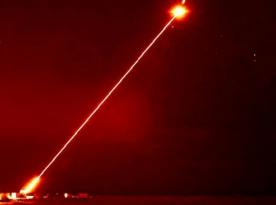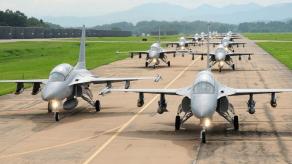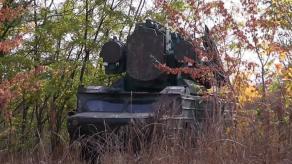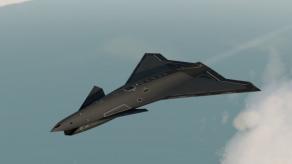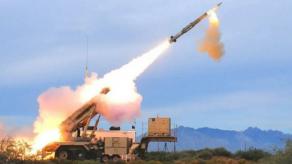The American company Mach Industries is developing a vertical take-off loitering munition, which some sources refer to as a cruise missile. In essence, this is now an American development that, in the Ukrainian style, can be called a drone-missile.
Read more: Buying IRIS-T For a Cheap €115 Million Apiece, Did Sweden Just Forget to Include Missiles?
The strike UAV is called Viper. It will be equipped with a 10 kg warhead and will have a range of up to 290 km, similar to ATACMS. Western media describe the development as a weapon with the range of HIMARS (most likely referring to ATACMS), the speed of a cruise missile, and the firepower of the AGM-114 Hellfire, designed for use at levels ranging from company to brigade.

Another key feature of this drone-missile is its price, which is expected to be under $100,000. Indeed, this sounds more like something developed in Ukraine than in the U.S.
One important aspect of such a strike system is navigation in environments with GPS interference or complete signal denial. According to the developers, artificial intelligence and several different radio frequencies will be used in such cases, which still does not fully resolve the problem.

Mach Industries has already attracted funding from various investors and even the U.S. Army’s Applied Research Laboratory. The first production facilities have already been completed, and resources have been obtained for building additional ones.
Viper completed its first flight back in January 2025, so it’s not just a concept but already a working prototype. Once ready, it will be intended to strike artillery, radar stations, and other valuable targets.

In fact, if we break it down, we are talking about a system very similar in capabilities and purpose to the russian loitering munition type “KUB-2,” but with significantly greater range and speed, approaching that of Ukrainian drone-missiles. This is a promising development that would indeed be interesting to see on the battlefield.
At the same time, there is still no clear answer on countering electronic warfare, nor are there results from larger-scale testing. It would also be important to see whether the final version delivers a truly effective cost-to-performance ratio.
Read more: The Netherlands Deliver 100 Counter UAV Radars, Unmanned CASEVAC Vehicles and More to Ukraine






